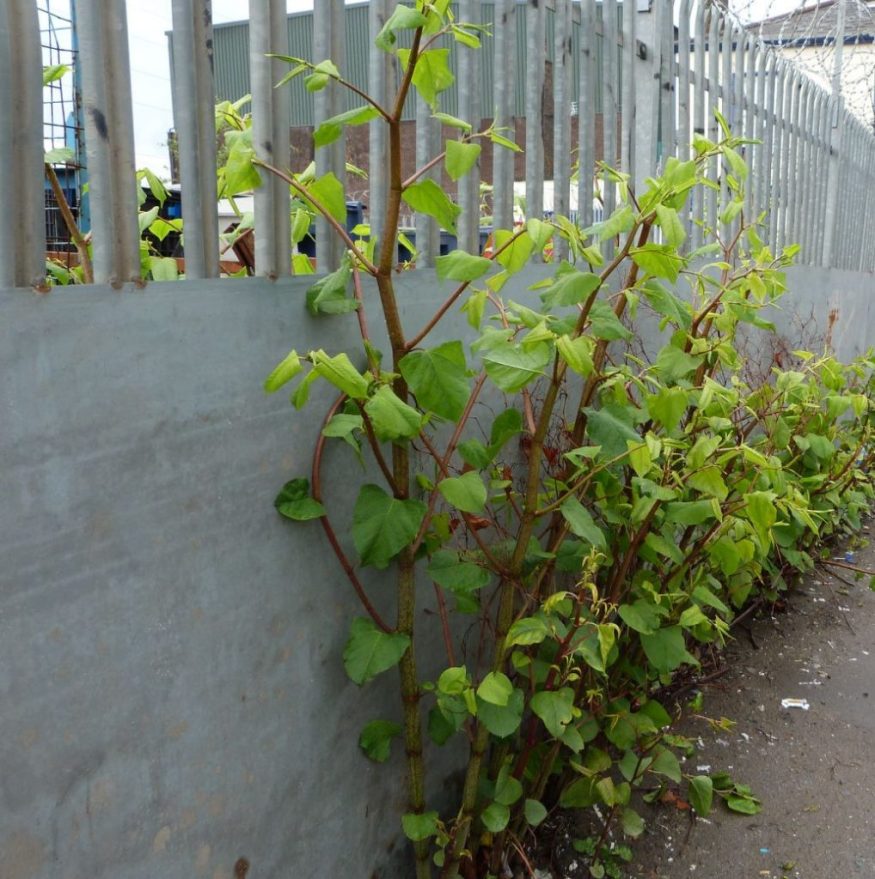
The Root of the Problem – An Introduction
Without an overuse of puns, Japanese Knotweed has been a growing issue in the residential property market, and particularly for building surveyors, for well over a decade.
We analyse below as to whether this really deserves to be such a big issue in buyer consciousness.
Our building surveyors are adept at identifying Japanese Knotweed in its various cyclical growth stages and our building survey reports specifically deal with the issue.
This is contrary to a number of building survey reports we have analysed recently from other firms some of which do not mention Japanese Knotweed in headings or text.
RES is also expert on diminution in value cases where the presence of Japanese Knotweed has been missed by building surveyors and value implications are present often diminishing values in the range of 1.00 – 3.00%.
What is Japanese Knotweed?
Japanese Knotweed has been a constant issue in the UK property market, mainly the residential property market, for a number of years.
Japanese Knotweed, the Latin name Fallopia Japonica, is a fast growing weed with bamboo like stems, which emerge from rhizomes underground which can grow to heights of over 2 metres.
Growth of Japanese Knotweed is known to be aggressive and can suppress other plant growth.
Japanese Knotweed normally grows in back garden areas and is commonly found along canal sides or railway tracks.
Japanese Knotweed generally flowers and grows in late spring to autumn. In winter, the plant generally dies back and by spring/early summer, the stems emerge from the rhizomes and the weed is more visible.
How does it Impact Property?
Since 2013, sellers have been required to disclose the known presence of Japanese Knotweed. It is common for any Japanese Knotweed to be subject to a treatment plan, normally put in place by the vendor or a retention held to undertake the same by the purchaser. Disclosure is normally by way of entry on the TA6 form.
Under Schedule 9 of the Wildlife & Countryside Act 1981, it is an offence to cause Japanese Knotweed to grow in the wild.
Almost all lenders have a policy on Japanese Knotweed and the common established criteria is that Japanese Knotweed within 7 metres of a structure will be considered an issue by lenders. Lenders will want to see that a treatment or management plan is in place as a condition of granting finance or a mortgage.
As experienced building surveyors, we have not come across an instance where Japanese Knotweed has caused material damage to a property or structure. A number of studies have generally concluded that cases of damage to buildings are extremely rare. It is the opinion of our building surveyors that there are greater issues to property structures and foundations such as trees, clay soils and leaking drains than Japanese Knotweed.
It is the opinion of our building surveyors that the Japanese Knotweed issue, insofar as it affects property, is largely exaggerated. The principal problem is in the difficulty in the provision of finance for a property that is known to have Japanese Knotweed within 7 metres rather than any fundamental issues that the plant itself causes to a property.
The main high street lenders do not generally have an absolute policy against lending to properties with Japanese Knotweed found within 7 metres, however they normally require a specialist report to be commissioned prior to granting a loan. As part of this, they would expect removal or treatment with an insurance backed guarantee by a member of the Property Care Association.
Fundamentally this is not in essence a risk to buildings or their fabric but is an issue with how it impacts the ability to finance a property and thus it becomes a risk to resale potential and therefore value. This is a perceived or manufactured risk and the valuation impact is greater than the real or actual risk it poses to physical property.
Recent Comments